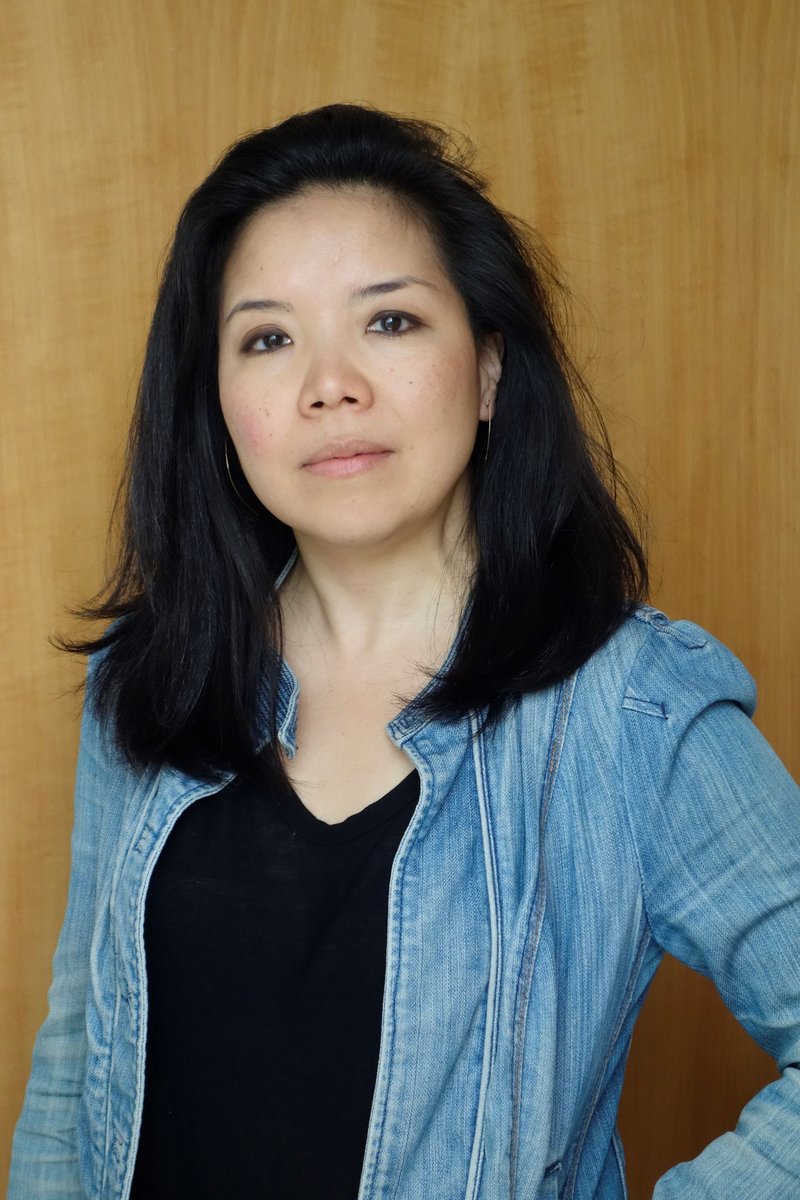Clara Kim

Clara Kim, Chief Curator & Director of Curatorial Affairs, The Museum of Contemporary Art, Los Angeles, USA
Years professionally involved in the contemporary art museum field: 25 years
Short bio. Describe also your involvement with CIMAM and the museum community:
Having worked in museums as well as educational, governmental and non-profit institutions in the US, Asia and Europe over the last two decades, I am committed to the best practices, the well-being, as well as the future of cultural organizations. As a curator specializing in modern and contemporary art, I have developed the skills and expertise to implement international curatorial projects; conceive and deliver complex art commissions and exhibitions; fundraise and cultivate a strong donor base for acquisitions and programmes; while employing values of collaboration, exchange and mutual respect. At the crux of what I do is a fundamental belief that museums are spaces of inclusivity and understanding; of exchange and dialogue; of community and belonging.
Most recently, I held the position of The Daskalopoulos Senior Curator of International Art (Africa, Asia and Middle East) at Tate Modern (2016-22). Prior to that, I served as Senior Curator of Visual Arts at the Walker Art Center (2011-14), Gallery Director/Curator of REDCAT (2003-11), and held posts at the Asia Cultural Center, San Francisco Museum of Modern Art and San Francisco Art Institute. My professional networks of artists, arts professionals and patrons have provided me with an expansive knowledge and nuanced perspective of what it means to work in the art world.
My most recent curatorial projects at Tate Modern include a retrospective of artist/filmmaker Steve McQueen (2020); Kara Walker’s Turbine Hall commission ‘Fons Americanus’ (2019); ‘A Year in Art: 1973 Chile’ (2019-20); and an international conference about art and architectural production in the post-colonial era titled ‘Crucibles, Vectors, Catalysts: Envisioning the Modern City’ (May 2021). In my previous institutional positions, I have championed the work of international artists, often introducing the work of artists from around the world for their first presentations in the US and developing projects that come out of deep commitment to place, context and collaboration.
As I take on my new role as the Chief Curator & Director of Curatorial Affairs at The Museum of Contemporary Art in Los Angeles, I am excited about continuing to develop my ties with international peers and colleagues and, together, envision what museums of the 21st century can look like and become.
Motivation Statement: How can you contribute to CIMAM's mission and strategic goals by being a Member of the Board? (i.e strategy, membership, fundraising, governance, network in strategic regions, availability, knowledge or skills in a specific area):
The cultural sector has always been at the forefront of change and transformation. In these unprecedented times that we are living in, we have an obligation and duty to radically re-imagine what a museum can and should be, being responsive to wider societal calls for racial, social and environmental justice, while being reflective of the role and responsibility of museums within the cultural sector.
At a moment when public debate is increasingly polarized, spaces of solidarity and support are needed more than ever. CIMAM is well-positioned to be a leader in these discussions and collective actions. It has already proven to be instrumental in setting the agenda for good governance, best practices and codes of conduct. More recently, its emphatic proposals on sustainability and crisis/controversy management have opened up new avenues to discuss the dynamic intersection of art, social justice and climate change in the world today.
The practical tools CIMAM offers to museum professionals, as well as the moral and ethical parameters it outlines, helps museum professionals counter a market-driven art world and the increasing interference of political agendas on the cultural sector.
The opportunity to advance these efforts, as well as bring American museums closer to the urgent discussions and developments happening around the world, would be a great privilege, not to mention the possibilities of strengthening ties and conversations across geographic and regional divides.
Describe briefly the expectations of your involvement as a CIMAM Board member and how you envision CIMAM's priorities in the next years:
As I enter a new position at MOCA, one that comes with both curatorial and administrative oversight, I would benefit greatly from being in close conversation with colleagues.
I hope and expect to be in rigorous, inspiring and forward-thinking dialogue with other CIMAM Board members as well as the CIMAM community at large.
The conferences can and should be forums for sharing as well as for pioneering debates and discussions. They should serve not only for platforms for discussing the state of the museums and the field of modern and contemporary art but for radically re-imagining what museums can and should be.
In doing so, CIMAM can help devise the blueprints for the future museum that embodies and instills the values we hold closely today while bringing people, communities and worlds together.